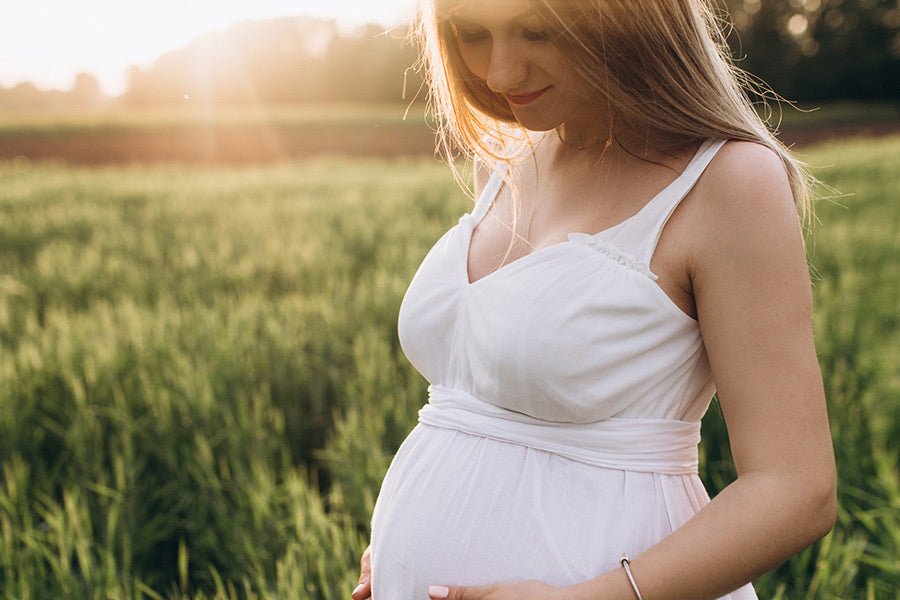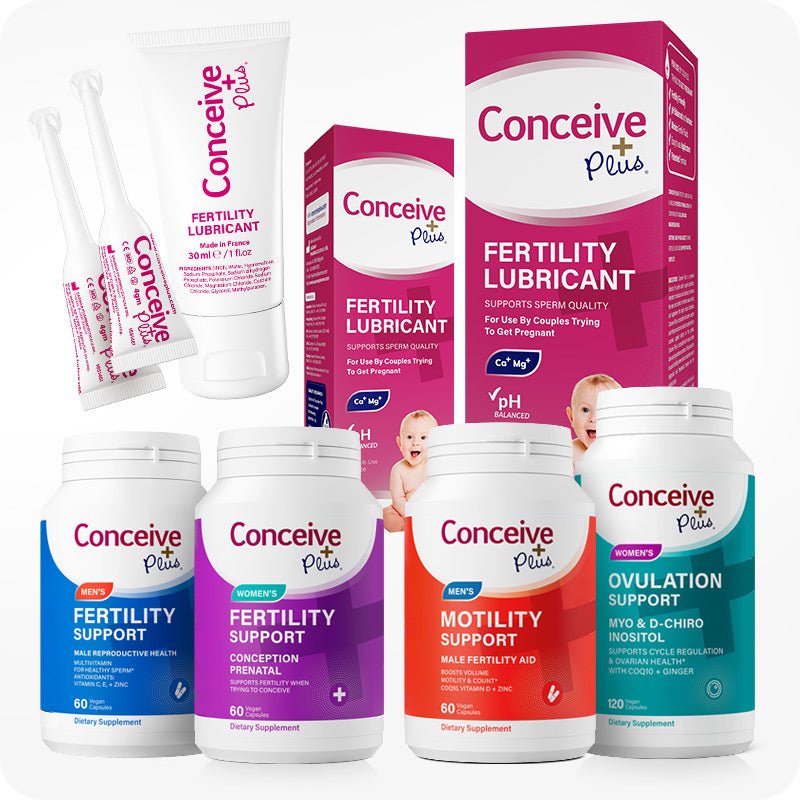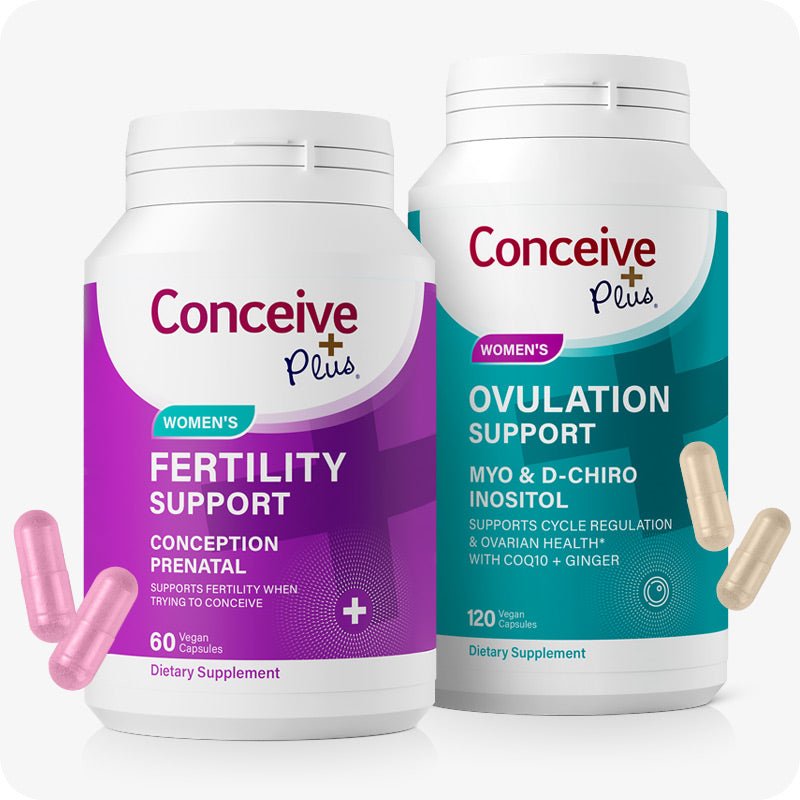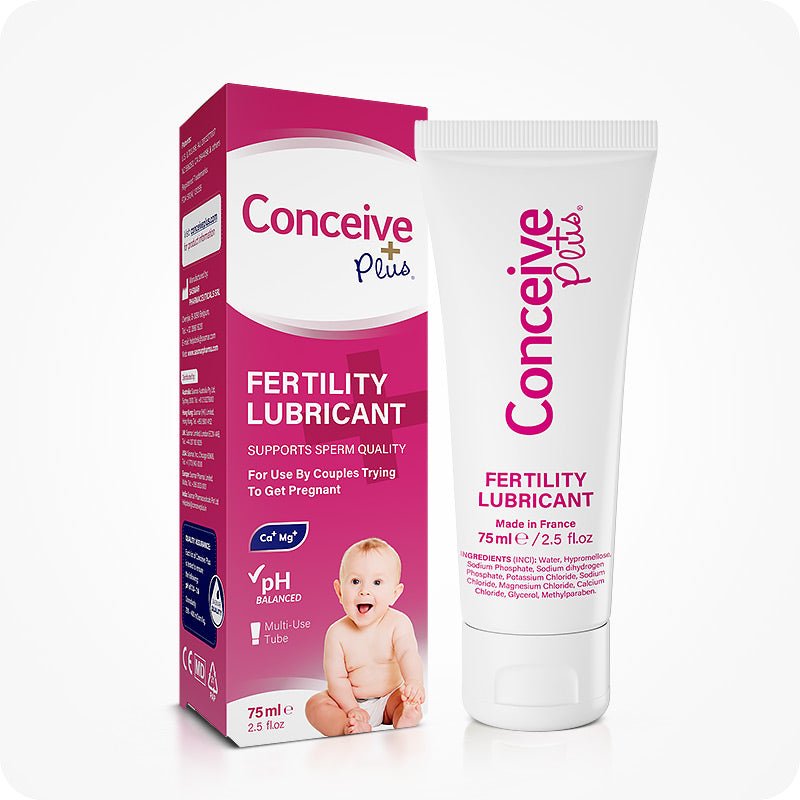Huge Pregnant Titties: Changes in Your Breast Size

During pregnancy, breast changes are among the earliest and most noticeable symptoms in the early days. The increasing levels of hormones like estrogen and progesterone lead to several changes in the size, sensitivity, and appearance of pregnant breasts. As your body prepares your breast for pregnancy and milk production, you may find it uncomfortable to handle your "pregnant tits". You may have many questions in your mind, like, how big do breasts get during pregnancy, and what’s the relation between boobs and pregnancy? In this article, we’ll answer all your questions about breast changes in early pregnancy. We’ll discuss how they affect pregnant women and when do boobs stop growing during pregnancy.
Early Breast Changes in Pregnancy
Before you get huge boobs pregnancy, the first symptom you will experience is breast tenderness. Many women notice this sensitivity as early as 4-6 weeks into pregnancy. The discomfort is typically concentrated in the upper part of the breast, but the entire area can feel sore. This is due to the increasing blood flow and the growth of breast tissue as the body gears up for lactation.
But the most common question women ask is when do boobs grow during pregnancy? From around the 8th week, breasts start growing. And those wondering how bigger do breasts get during pregnancy, many women find they need to go up at least one or two bra sizes by the second trimester. Hormonal changes cause fat buildup in the breast, making them fuller and heavier. The elevated levels of estrogen have been a primary reason for the increasing breast size during pregnancy. By the end of pregnancy, some women might experience significant growth, often described as having huge pregnant boobs. [1]
The areola, the dark area around the nipple, also changes significantly during pregnancy. Known as areola breast changes during pregnancy, signs of pregnancy, this darkening can start early in the first trimester and is a sign of the body preparing for breastfeeding. This darkening helps the newborn locate the nipple more easily for feeding.
Breast Growth Throughout Pregnancy
Throughout pregnancy, the breasts continue to grow. By the second trimester, some women might notice their breasts are much larger than before pregnancy. This is a result of increased blood flow and the growth of milk ducts. For many women, this growth can be significant, and it’s not uncommon to hear terms like huge pregnant titties or huge pregnant boobs when referring to the size increase. The stretching of the skin around the breasts can cause discomfort, so moisturizing regularly can help prevent stretch marks.
For those wondering, "how much will my breast grow during pregnancy," it can vary, but many women see their breasts increase by one to three cup sizes. Some continue to grow even into the third trimester. By the time of delivery, you will have what they call a pregnant woman big tits.
Nipple Changes During Pregnancy
Nipple changes are also a key feature of breast development during pregnancy. As early as the first trimester, many women experience what’s often called "nipple pregnancy." Nipples become more pronounced and sensitive, thanks to the increased blood flow. Some women also notice the appearance of Montgomery glands, which look like small bumps on the areola and help lubricate the nipple during breastfeeding. [2]
It's common to experience some sharp breast pain pregnancy second trimester, particularly as the breast tissue continues to develop. This can lead to questions like, "what part of the breast hurts in early pregnancy?" While tenderness typically affects the entire breast, the upper and outer areas tend to be most sensitive due to tissue stretching.
Breast Pain and Sensitivity
Breast pain is one of the most talked-about symptoms during pregnancy. Known as breast pain during pregnancy, this discomfort can range from mild to severe. The sensitivity tends to decrease by the second trimester, but some women may continue to experience discomfort throughout their pregnancy. While most of the time it is due to hormonal changes, you should also get it checked for problems if the pain gets intense or regular. [3]
The increase in breast size and sensitivity is an unavoidable aspect of pregnancy. Terms like "pregnancy boobs" and "pregnant boobs" are often used to describe these changes. Additionally, terms like "big boobs pregnant," “big boobs preggo,” or "pregnant with huge boobs" may refer to the substantial growth that can occur. For many, the change in breast size is one of the most prominent physical symptoms of pregnancy.
Breast Changes in Early and Late Pregnancy
During early pregnancy, the breasts start to change due to the influence of pregnancy hormones. This can include swelling, tenderness, and noticeable growth. Women may also experience changes like darker and enlarged nipples, as well as the darkening of the areola. By the third trimester, the breasts are fully prepared for milk production.
Common questions include, "when do your boobs stop growing during pregnancy?" and "how much do breasts grow during pregnancy?" Typically, breast growth continues until the end of pregnancy. Most of this growth happens in the first and second trimesters, but for some women, it may persist into the third trimester. Some women notice their breasts becoming much larger and fuller, particularly during the final weeks of pregnancy when milk production ramps. [4]
Other Early Pregnancy Symptoms
You may have to wait until the last trimester before finding the answer to how much do boobs grow during pregnancy. But these breast changes aren’t the only early pregnancy symptoms you will get. Many women experience fatigue, nausea, and cravings. These symptoms and breast growth help signal to the body that it’s preparing for the changes ahead.
Another less-discussed symptom is breast leakage. Some women may notice a milky or yellowish discharge from their nipples, known as colostrum. This is perfectly normal and is the body’s way of preparing for breastfeeding.
In addition to breast changes, women may experience changes in their mood, skin pigmentation, and digestive system. These symptoms, while sometimes uncomfortable, are normal parts of pregnancy.
Conclusion
Pregnancy brings many changes, and breast growth is one of the most prominent. From tender, swollen breasts to the appearance of pregnancy boobs, these changes are essential in preparing for the upcoming birth and breastfeeding journey. For those experiencing discomfort, a supportive maternity bra can help alleviate pressure and provide much-needed relief.
Understanding these changes, including when and how they happen, can help pregnant women navigate the journey more confidently. From pregnant women boobs to huge pregnant titties, each stage of breast development plays a vital role in preparing the body for motherhood.
Sources:
- Alex A, Bhandary E, McGuire KP. Anatomy and Physiology of the Breast during Pregnancy and Lactation. Adv Exp Med Biol. 2020;1252:3-7. doi:10.1007/978-3-030-41596-9_1. PMID: 32816256.
- Bayer CM, Bani MR, Schneider M, Dammer U, Raabe E, Haeberle L, Faschingbauer F, Schneeberger S, Renner SP, Fischer D, Schulz-Wendtland R, Fasching PA, Beckmann MW, Jud SM. Assessment of breast volume changes during human pregnancy using a three-dimensional surface assessment technique in the prospective CGATE study. Eur J Cancer Prev. 2014 May;23(3):151-7. doi:10.1097/CEJ.0b013e3283651ccb. PMID: 24100511.
- Vanky E, Nordskar J, Leithe H, Hjorth-Hansen A, Martinussen M, Carlsen S. Breast size increment during pregnancy and breastfeeding in mothers with polycystic ovary syndrome: a follow-up study of a randomised controlled trial on metformin versus placebo. https://doi.org/10.1111/j.1471-0528.2012.03449.x. BJOG 2012;119:1403–1409.
- Żelaźniewicz A, Pawłowski B. Breast size and asymmetry during pregnancy in dependence of a fetus's sex. Am J Hum Biol. 2015 Sep-Oct;27(5):690-6. doi:10.1002/ajhb.22716. Epub 2015 Mar 31. PMID: 25833467.













